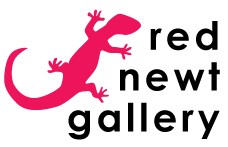
In 1740, an English commodore led an ill-fated squadron of ships out to sea, prepared to circumnavigate the world (and attack some Spanish holdings along the way). Of over 1800 men starting the voyage, only 500 survived. The main killer was not war or weather, but nutrition.
Just a few years after the flotilla returned, a naval doctor conducted one of the most famous experiments in the history of science. After a few months at sea, sailors on Dr. James Lind’s ship began exhibiting signs of scurvy. The doctor treated sick sailors with random supplements to their regular diet. Some shipmen received vinegar, or sea water, or barley water. They made no improvement. Sailors who were given citrus fruits, though, made quick and full recoveries.
Unfortunately, dogma and a small sample size caused many (including Dr. Lind) to underestimate the power of citrus. It wasn’t until the mid-1790s, as scurvy-free anecdotes and experiences grew, that ships rationed out citrus juice to prevent the disease. Enjoy some lemons, limes, or oranges in celebration of science!



